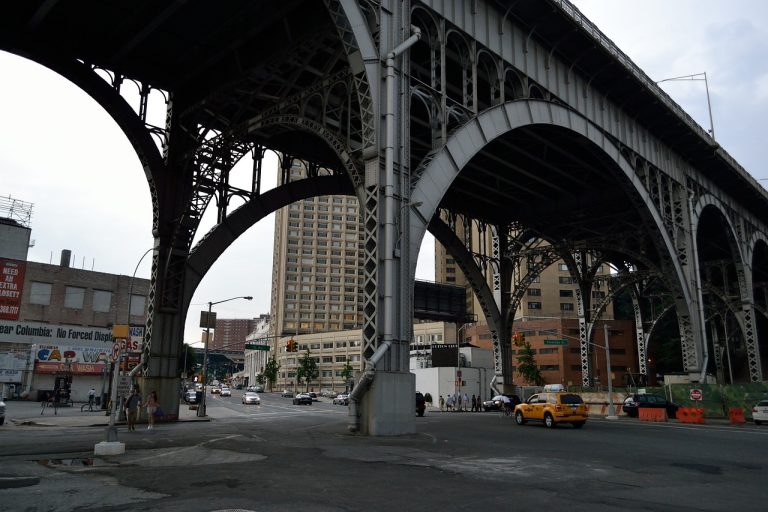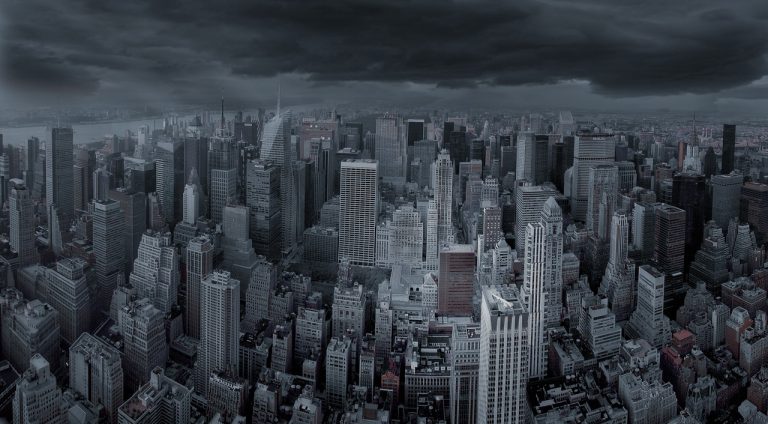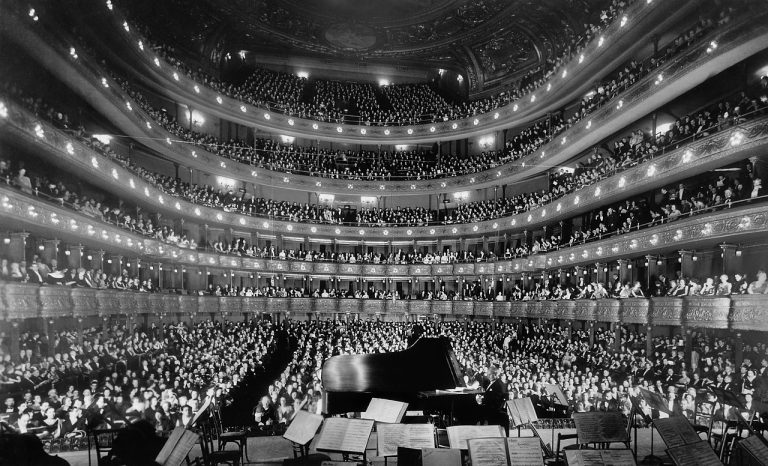New York City Video
Historical Landmarks of New York City: A Deep Dive
New York City, often referred to as the “Big Apple,” is a vibrant metropolis known for its rich history and iconic landmarks. From towering skyscrapers to historic neighborhoods, the city is a treasure trove of historical sites that showcase its diverse past. In this article, we will explore some of the most significant historical landmarks in New York City, delving into their fascinating stories and contributions to the city’s heritage.
The Statue of Liberty
- Symbol of freedom: The Statue of Liberty, located on Liberty Island in the New York Harbor, is a colossal neoclassical sculpture that has become an enduring symbol of freedom and democracy. Gifted to the United States by France in 1886, the statue represents the friendship between the two nations and welcomes immigrants arriving in America.
- Historical significance: The Statue of Liberty was designated as a National Monument in 1924 and is administered by the National Park Service. It has witnessed countless arrivals of immigrants seeking a better life in America and serves as a reminder of the country’s commitment to freedom and opportunity.
The Statue of Liberty stands at a height of 305 feet and is made of copper sheets, which have developed a distinct green patina over the years. Visitors can climb to the crown observation deck for panoramic views of the city and the harbor.
Central Park
- Urban oasis: Central Park, located in the heart of Manhattan, is a sprawling green oasis that offers respite from the bustling city streets. Spanning over 840 acres, the park is a masterpiece of landscape architecture and provides a tranquil retreat for both locals and visitors.
- Historical significance: Designed by Frederick Law Olmsted and Calvert Vaux, Central Park was established in 1857 as one of the first major urban parks in the United States. It played a crucial role in the development of New York City and remains a cherished symbol of nature and recreation in the midst of a bustling metropolis.
Central Park features numerous attractions, including picturesque lakes, walking paths, meadows, and iconic landmarks such as the Bethesda Terrace and Bow Bridge. The park also hosts various cultural events and concerts throughout the year.
New York City Image 1:

Ellis Island
- Gateway to America: Ellis Island, located in the Upper New York Bay, served as the primary immigration station for the United States from 1892 to 1954. Millions of immigrants passed through its doors, seeking a new beginning in America.
- Historical significance: Ellis Island is a testament to the immigrant experience and the cultural diversity that defines America. It is estimated that over 40% of current U.S. citizens can trace their ancestry back to someone who passed through Ellis Island.
The Ellis Island National Museum of Immigration now stands on the island, preserving the stories and experiences of those who arrived in the country. Visitors can explore the museum’s exhibits, which include photographs, personal artifacts, and interactive displays.
The Empire State Building
- Architectural marvel: The Empire State Building, located in Midtown Manhattan, is an iconic Art Deco skyscraper that has captured the imaginations of people around the world. Standing at a height of 1,454 feet, it held the title of the tallest building in the world for nearly 40 years.
- Historical significance: Completed in 1931 during the Great Depression, the Empire State Building is considered a remarkable feat of engineering and a testament to human ingenuity. It has been designated as a National Historic Landmark and remains an enduring symbol of the city’s skyline.
The building features an observatory on the 86th floor, offering breathtaking views of the city. Its distinctive design and prominence in popular culture have made it a symbol of New York City.
New York City Image 2:

The Brooklyn Bridge
- Engineering marvel: The Brooklyn Bridge, spanning the East River, connects the boroughs of Manhattan and Brooklyn. Completed in 1883, it was the first steel-wire suspension bridge and became an iconic symbol of New York City.
- Historical significance: The construction of the Brooklyn Bridge was a monumental achievement in civil engineering, overcoming significant challenges to connect the two boroughs. It facilitated the growth of Brooklyn and played a crucial role in the development of New York City as a whole.
The bridge offers pedestrian and bicycle paths, providing stunning views of the Manhattan skyline and the river below. It has been featured in numerous films, literature, and artworks, solidifying its place in popular culture.
The Metropolitan Museum of Art
- Treasure trove of art: The Metropolitan Museum of Art, often referred to as the Met, is one of the world’s largest and most renowned art museums. Located on the eastern edge of Central Park, it houses an extensive collection spanning over 5,000 years of human history.
- Historical significance: The Met was founded in 1870 and has played a vital role in promoting and preserving art and culture. Its collections and exhibitions provide valuable insights into the development of human creativity and serve as a testament to the power of artistic expression.
The museum’s vast collection includes artworks from various civilizations, ranging from ancient Egyptian artifacts to modern masterpieces. Visitors can explore its numerous galleries, attend special exhibitions, and immerse themselves in the world of art and culture.
New York City Image 3:

Greenwich Village
- Bohemian enclave: Greenwich Village, often simply called “the Village,” is a historic neighborhood located on the west side of Lower Manhattan. Known for its bohemian atmosphere, the Village has been a hub for artists, writers, and musicians throughout the 20th century.
- Historical significance: Greenwich Village played a pivotal role in the development of New York City’s counterculture and artistic movements. It was a center of the Beat Generation in the 1950s and the birthplace of the LGBTQ+ rights movement during the Stonewall riots in 1969.
The neighborhood is characterized by its tree-lined streets, historic townhouses, and vibrant cultural scene. It is home to numerous theaters, jazz clubs, cafes, and art galleries, making it a magnet for creative individuals.
Grand Central Terminal
- Architectural masterpiece: Grand Central Terminal, often referred to as Grand Central Station, is a historic train station located in Midtown Manhattan. Known for its Beaux-Arts architecture and grandeur, it is one of the city’s most iconic landmarks.
- Historical significance: Grand Central Terminal opened in 1913 and played a crucial role in the development of New York City’s transportation infrastructure. It underwent extensive restoration in the 1990s and stands as a testament to the city’s commitment to preserving its architectural heritage.
The terminal features a stunning main concourse with a celestial ceiling mural and a variety of shops and restaurants. It serves as a major transportation hub, connecting commuters and travelers to various destinations.
Conclusion
New York City’s historical landmarks are not only architectural marvels but also repositories of stories and memories that reflect the city’s past. From the awe-inspiring Statue of Liberty to the bustling streets of Greenwich Village, each landmark contributes to the city’s vibrant tapestry of culture, history, and diversity. Exploring these sites allows visitors to delve into the rich heritage of New York City and gain a deeper understanding of its significance on both a local and global scale.
References
- Statue of Liberty National Monument: nps.gov
- Central Park: centralparknyc.org
- Ellis Island National Museum of Immigration: libertyellisfoundation.org
- Empire State Building: esbnyc.com
- Brooklyn Bridge: brooklynbridgepark.org
- The Metropolitan Museum of Art: metmuseum.org
- Greenwich Village: greenwichvillage.nyc
- Grand Central Terminal: grandcentralterminal.com
New York City Image 1:

New York City Image 2:

New York City Image 3:








